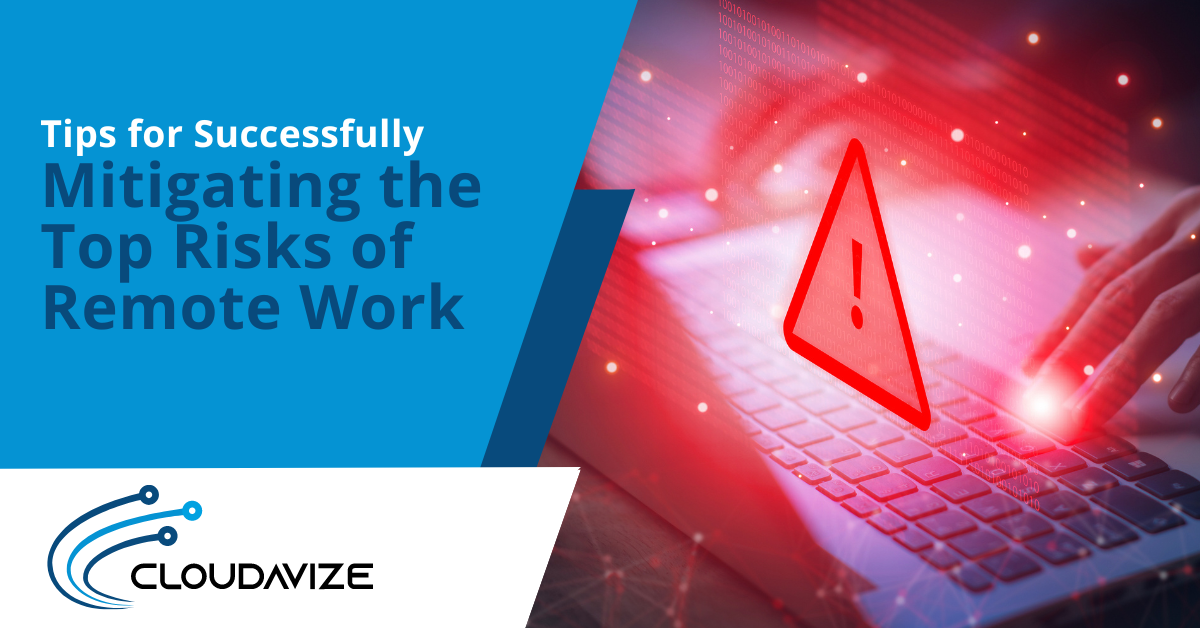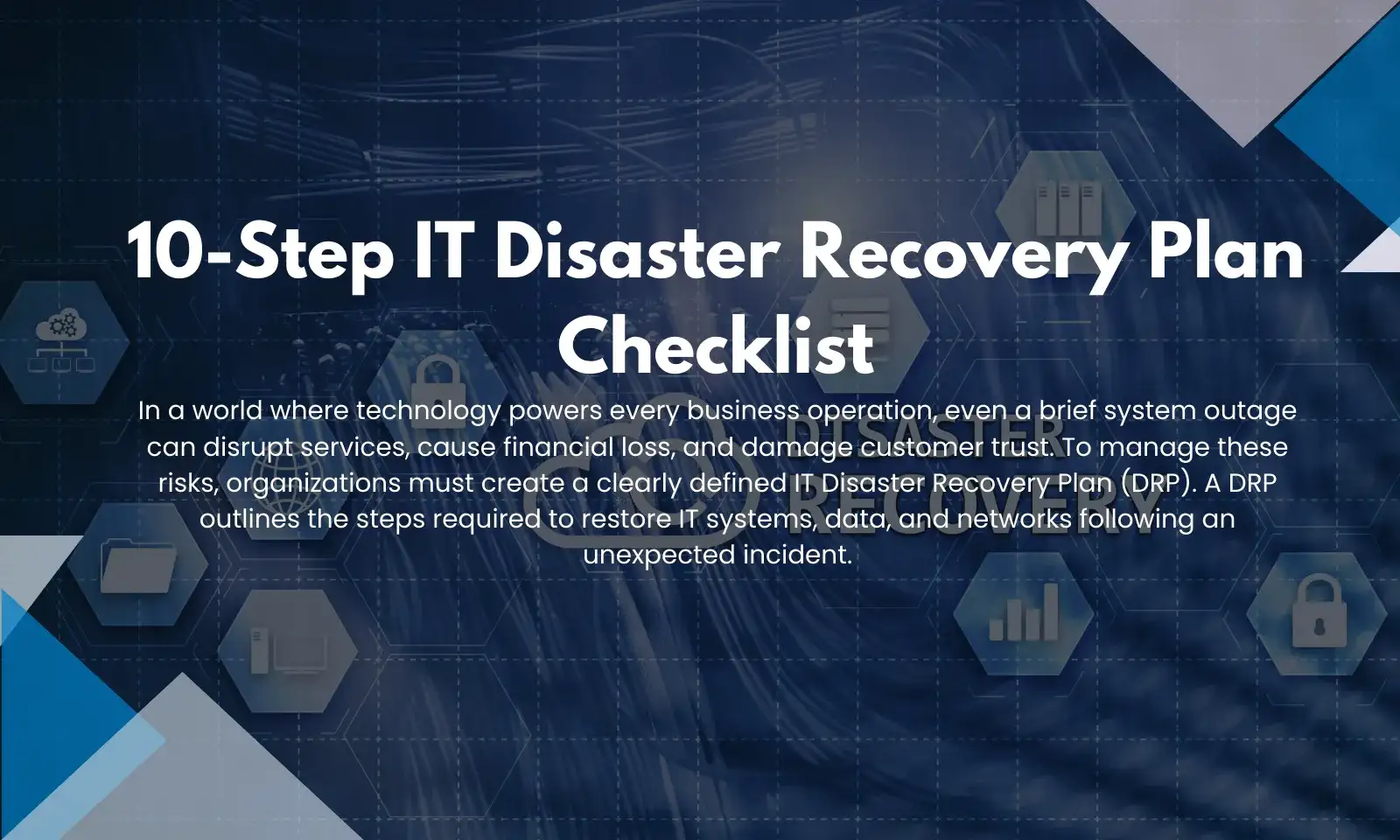As remote work continues to gain popularity, it is crucial for individuals and organizations to be aware of and effectively manage the risks associated with this work arrangement. While remote work offers numerous benefits, such as increased flexibility and improved work-life balance, it also introduces certain vulnerabilities that can impact productivity, data security, and overall well-being.
In this comprehensive guide, we will explore the top risks of remote work and provide detailed strategies to successfully mitigate them. By implementing these tips, both employees and employers can ensure a smooth and secure remote work environment.
Table of Contents
Tips For Mitigating Remote Work Cybersecurity Risks
Use secure network connections
Remote workers should prioritize connecting to secure and encrypted networks, such as virtual private networks (VPNs), to protect their data while working remotely. VPNs create a secure connection between the user’s device and the company’s network, reducing the risk of unauthorized access.
Implement multi-factor authentication
Employers should enforce the use of multi-factor authentication for accessing company systems and applications. This authentication method requires users to provide multiple forms of verification, such as passwords, biometrics, or security tokens, adding an extra layer of security against unauthorized access.
Provide cybersecurity training
Educate employees about common cybersecurity threats, such as phishing attacks and malware, and provide training on how to identify and respond to these threats. Regularly update employees on emerging threats and best practices to ensure their remote work environments remain secure.
Overcoming Communication and Collaboration Challenges
Utilize collaboration tools
Employers should invest in effective collaboration tools to facilitate seamless communication and collaboration among remote teams. Project management platforms, instant messaging apps, and video conferencing software enable teams to share files, track progress, and conduct virtual meetings efficiently.
Establish clear communication channels
Define and communicate guidelines for communication channels within the remote team. Encourage the use of specific platforms for different types of communication, such as project updates, urgent matters, or informal conversations. This clarity helps streamline communication and prevents important information from getting lost.
Foster a culture of communication
Encourage open and transparent communication within remote teams. Employers should emphasize the importance of regular check-ins, encourage active participation in team discussions, and establish a supportive environment where employees feel comfortable voicing their concerns and sharing ideas.
Avoiding Poor Work-Life Balance and Burnout
Set clear boundaries
Remote workers should establish clear boundaries between work and personal life. This includes defining working hours, creating a designated workspace, and avoiding work-related activities outside of those hours or spaces. By maintaining these boundaries, individuals can preserve their work-life balance and prevent burnout.
Encourage breaks and self-care
Employers should promote self-care practices among remote workers. Encourage regular breaks, physical exercise, and the pursuit of hobbies or interests outside of work hours. Providing resources or virtual wellness programs can further support employees’ well-being and resilience.
Foster a supportive culture
Employers should actively promote a supportive and inclusive culture within remote teams. Encourage social interactions, such as virtual team-building activities or informal virtual coffee breaks, to help remote workers feel connected and supported by their colleagues.
Tips For Monitoring and Performance Management
Establish clear performance expectations
Clearly communicate performance expectations and goals for remote employees. By setting specific and measurable targets, both employers and employees have a shared understanding of what success looks like.
Focus on outcomes, not micromanagement
Instead of micromanaging remote workers’ activities, emphasize the importance of achieving desired outcomes. Trust your employees to manage their time and tasks effectively, allowing for autonomy and flexibility while ensuring accountability for results.
Regular performance feedback
Conduct regular performance reviews to provide constructive feedback and recognize achievements. These reviews should be focused on growth and development, enabling employees to understand their strengths and areas for improvement. Regular feedback sessions foster open communication and allow for adjustments and alignment of goals.
Encourage professional development
Offer remote workers opportunities for professional growth and development. This can include online training courses, webinars, or virtual conferences. Investing in employees’ skill development not only enhances their performance but also demonstrates a commitment to their long-term career growth.
Mental Health and Well-being
Promote social connections
Remote work can sometimes lead to feelings of isolation. Encourage remote employees to engage in virtual social activities, such as virtual team-building events or online social platforms, to foster social connections and combat feelings of loneliness.
Provide mental health resources
Offer access to mental health resources and employee assistance programs. Remote workers should have access to confidential counseling services and resources that support their mental well-being. Employers can also organize virtual wellness sessions or meditation workshops to promote relaxation and stress management.
Encourage self-care breaks
Remind remote workers to prioritize self-care breaks throughout the day. Encourage activities such as stretching, taking short walks, or practicing mindfulness exercises. These breaks help recharge energy levels, enhance focus, and reduce stress.
Continuous Learning and Skill Development
Foster a culture of learning
Encourage remote employees to embrace a growth mindset and continuously seek opportunities for learning and skill development. Provide access to online learning platforms or sponsor relevant courses and certifications to support their professional growth.
Virtual knowledge sharing sessions
Organize virtual knowledge sharing sessions where employees can share their expertise, experiences, and best practices. This encourages collaboration and helps remote workers learn from one another, fostering a culture of continuous improvement.
Encourage self-directed learning
Empower remote workers to take ownership of their professional development by providing resources and guidance for self-directed learning. Encourage them to explore new technologies, industry trends, and emerging skills that align with their career aspirations.
Final Thoughts
Successfully mitigating the risks associated with remote work requires a proactive approach from both employees and employers. By prioritizing cybersecurity, establishing effective communication channels, promoting work-life balance, implementing performance management strategies, supporting mental health, and fostering continuous learning, remote workers can thrive in a remote work environment while organizations can maintain productivity and a secure work environment.
Embrace the opportunities that remote work offers, learn from challenges, and adapt your strategies accordingly. If you’re not sure where to start, contact Cloudavize today for expert assistance.



